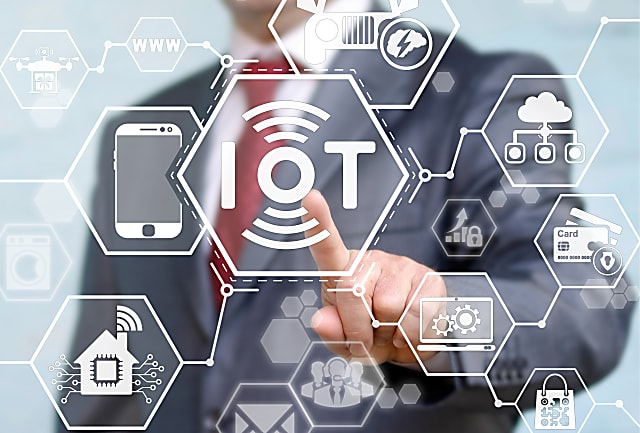

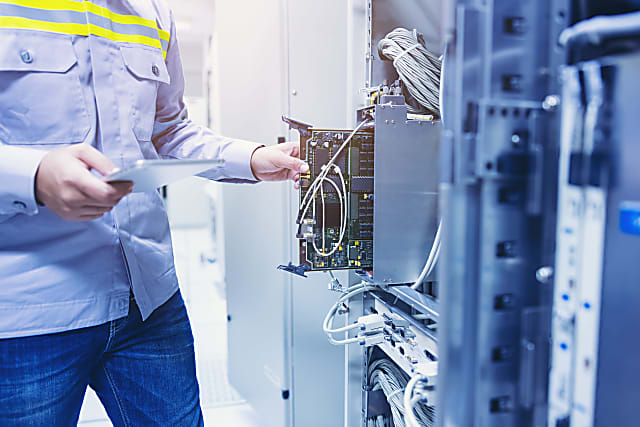
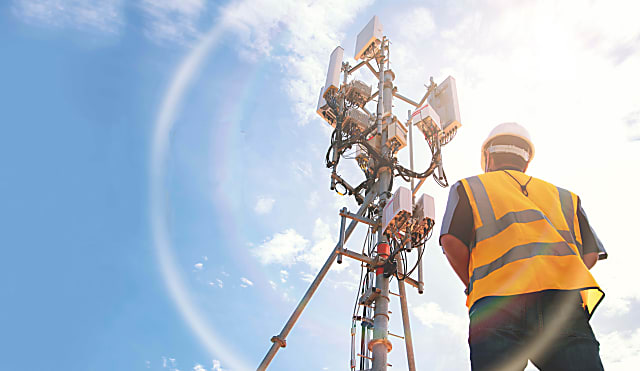

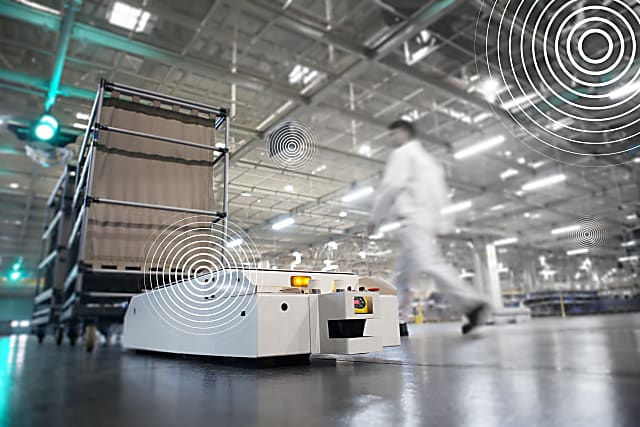
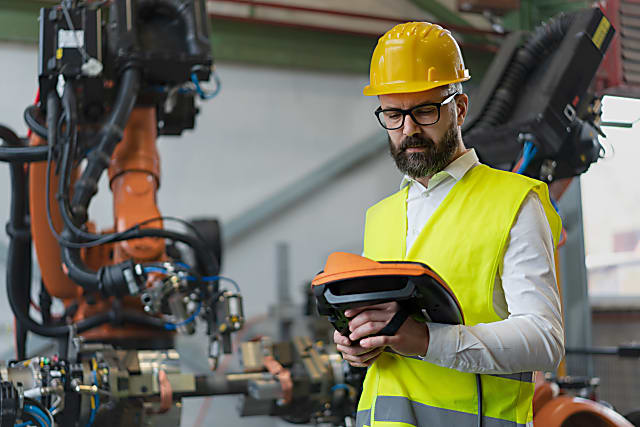

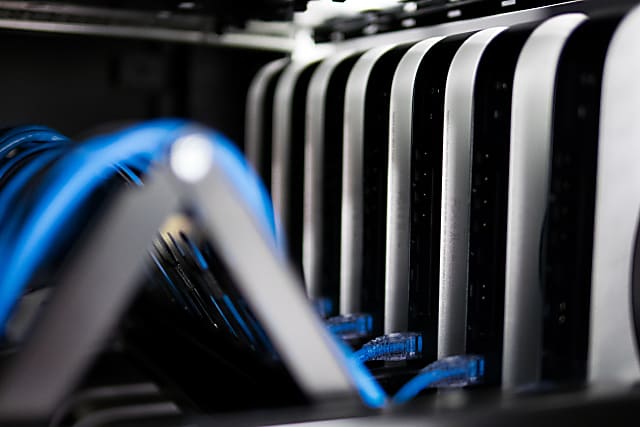
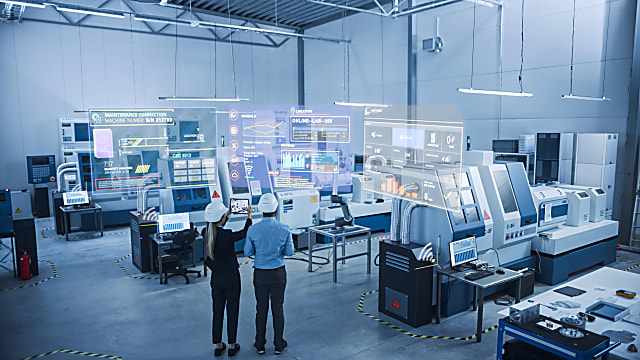

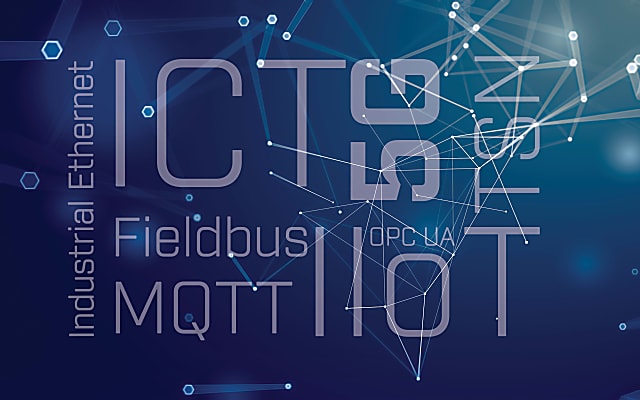
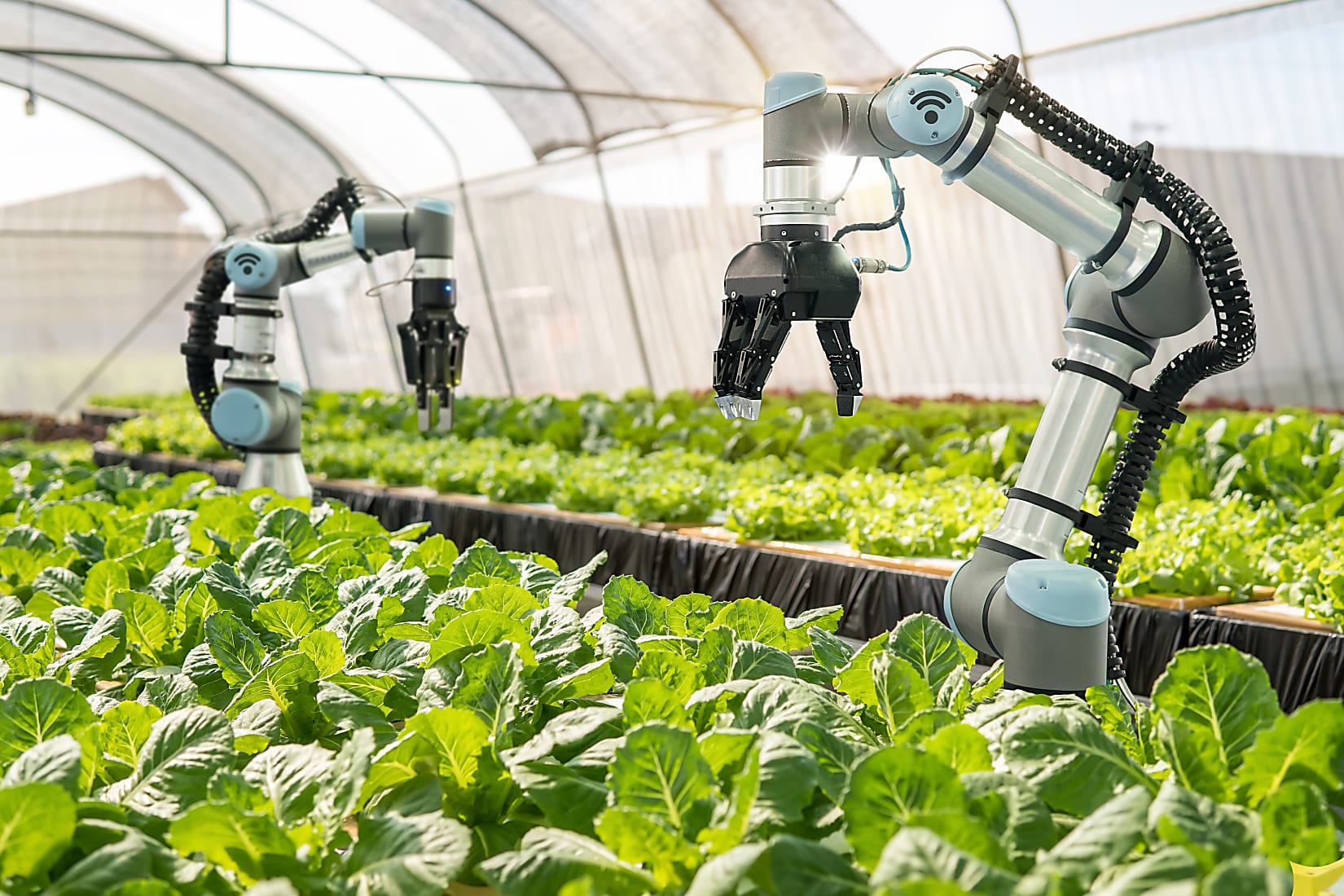
...and that's exactly what HMS does — connecting industrial devices. The Industrial Internet of Things (IIoT) means that industrial hardware such as drives, robots, gensets etc. are getting connected to control systems and the Internet.
This trend of increased connectivity gives HMS momentum, given that Hardware Meets Software™ is exactly what HMS does, and has been doing for decades.
The driving force is to increase flexibility, efficiency and productivity — driving forces which have always permeated industrial automation. However, these trends are also seen in building automation, power generation, medical technology and more.
IIoT makes it possible to gather data from the connected, industrial devices and feed it into IT systems, where it can be analyzed and presented. It provides operators and decision-makers with immediate insight into the industrial processes, enabling them to ensure that factory systems are functioning as intended, are correctly adapted, and that resources are used optimally.
Furthermore, with IIoT, subcontractors are able to monitor delivered products and provide maintenance during the product life cycle, thus offering industrial companies a higher service level.
The Internet of Things is a network of connected devices. The devices include both consumer devices and industrial devices. When used to connect industrial systems with a high level of robustness, reliability, security and real-time systems, the network is often called Industrial Internet of Things (IIoT).
HMS Networks has been ”connecting devices” for more than 20 years — bridging the gap between fieldbus, industrial Ethernet and IT-systems. But as the need for connectivity and communication is increasing, the meaning of connecting devices has changed and HMS has evolved with it. The Internet of Things is happening today and HMS technology is the very foundation for making it happen. By offering solid, secure and proven solutions for connectivity between industrial devices, networks and IT-systems, HMS Networks is already enabling the Internet of Things.
IIoT enables operators and decision-makers to get immediate access to information from industrial processes. This insight enables the optimization of process performance and resource usage. HMS offers products and solutions that connect industrial products to networks and make important data accessible in a secure way.
Even modern factories often include older systems that users want to keep using with new IIoT applications. This means that there is a need for solutions that can integrate the old equipment with the new. HMS products are often used for connecting old systems with new ones.
With IIoT, data from industrial processes is made available no matter where you are, making international collaboration easier. Global companies with a strong local presence, such as HMS will a definite advantage over competitors as globalization continues.
With the arrival of 5G, the manufacturing industry faces its biggest transformation yet. Safer, flexible and efficient manufacturing systems will be possible thanks to the ultra-low-latency and reliability of 5G connectivity. HMS has wireless 5G connectivity solutions, aligned with the visions of Smart Manufacturing.
Connected devices go hand in hand with high demands for security. Security is an important, prioritized area for HMS and our customers, who tend to be very careful in selecting only established, reliable and knowledgeable communication partners when they implement IIoT solutions.
Connecting industrial equipment to information systems opens up new opportunities for optimizing energy usage in industrial systems. HMS's main contribution to sustainable development is developing and manufacturing products that reduces travelling and energy consumption.

Stay up to date on the latest trends in industrial information and communication technology through our podcast, exclusive webinars and lectures.

Get the latest insights and experts views on a variety of topics within industrial communication and IIoT.